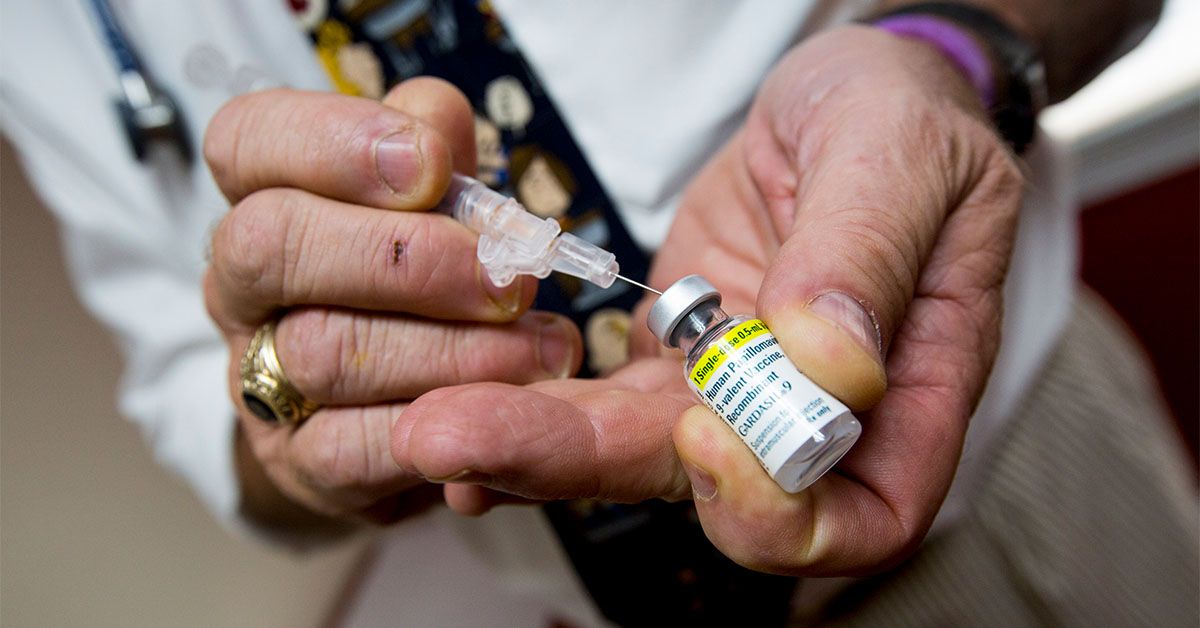Human papillomavirus (HPV) is often associated with cervical cancer in females, but it can also lead to various types of cancers in both sexes, including throat, anal, and anal canal cancers in males, and penis cancer in males and cervical, vaginal, and vulvar cancer in females. However, vaccination rates in both males and females are not as high as they should be due to misconceptions about HPV. Despite the risks associated with HPV, girls are more likely to be vaccinated than boys. In the United States, only 38.6% of young people had received at least one of the recommended doses in 2022.
New research presented at the American Society of Clinical Oncology’s annual meeting suggests that HPV vaccinations may reduce the risk of HPV-related cancers by up to 56% in males and 36% in females. The study, which has not been published in a peer-reviewed scientific journal, compared about 1.7 million vaccinated individuals with a similarly sized unvaccinated group. The findings showed a significant decrease in HPV-related cancer cases among vaccinated males and females compared to those who were not vaccinated.
HPV infections usually resolve within a year or two, but certain strains of the virus can lead to cancer in both sexes, resulting in around 36,000 cases of cancer each year. The HPV vaccine can prevent over 90% of HPV-related cancers, yet many individuals are not vaccinated. The CDC recommends children receive two doses of the HPV vaccine starting at ages 11 to 12, with the option to start as early as nine years old. For optimal protection, children who do not receive the first dose before age 15 need three vaccinations instead of two.
Despite the known benefits of the HPV vaccine, awareness and uptake among males remain low. Some parents may choose to delay vaccinating their children against HPV due to misconceptions about the virus or a belief that their child is not at risk because of their sexual activity. Additionally, demographics play a role in vaccination rates, with children from families with higher socioeconomic status and private health insurance having higher vaccination rates. Racial and ethnic disparities exist in HPV vaccine knowledge and trust in cancer information from physicians, potentially contributing to lower vaccination rates among certain groups.
The value of the HPV vaccine for males is significant, with about 4 out of every 10 cases of HPV-related cancer occurring in men. Rates of HPV-related cancers, particularly throat cancers, are increasing among men, highlighting the need for increased awareness and vaccination. The HPV vaccine is essential in preventing new HPV infections, but it does not treat existing infections or diseases. Overall, increasing HPV vaccination rates in both males and females is crucial in reducing the burden of HPV-related cancers and improving public health.











